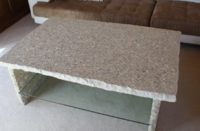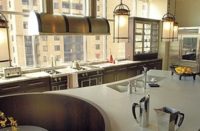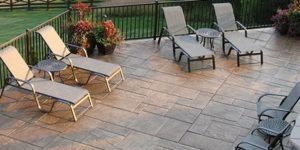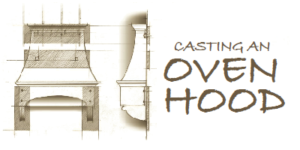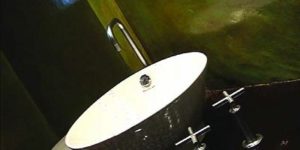Decorative concrete has become increasingly popular with every passing year, and has evolved from primarily flooring products to use in walls, showers and countertops. In my work as a concrete contractor in Shakopee, Minnesota, I have seen overlays become a more common consideration in concrete countertops. We use my company’s own iCoat system, but overlays in general have a lot of advantages.
Concrete countertop overlays offer a huge benefit to the environment and appeal to many homeowners who want to avoid a demolition in their kitchen. Overlays are seamless, nonporous and have endless color possibilities. Their installation process avoids tear-outs and they also are light, only adding less than one pound per square foot of weight to the existing substrate.
Overlays, like the iCoat countertop product, can be used on new construction or can be applied directly over the existing laminate, granite, solid surface or tile, which saves the hassle of tear-out and saves some room at the landfill. You’re also not running big diesel equipment to slice up granite that was cut from the side of a mountain, so that’s also a plus for the environment. The iCoat system consists of multiple thin layers of concrete and water-based stains to create nearly any pattern, which is then sealed with a two-part epoxy.
Many customers request a replication of basic granites, but with the wide array of colors and techniques available almost any look can be created. The finished effects can make an artist out of anyone.
Application is a three-step process
Typical countertop remodels take an average of 10 to 14 hours of working time over a two to two-and-a-half-day period. Existing substrates are cleaned, appliances pulled away and the concrete overlay is applied in a three-step process. A typical project involves going over an existing countertop, in which we would first spray it with Adhesion Enhancer, an iCoat spray-on product used as a bonding agent, to allow for a good bond when applying the concrete. No sanding is involved.
The first coat is brushed on to build a profile, the edges are done in whatever finish the customer has specified and then two coats of the overlay are trowelled on. This will become the canvas for the color application.
There are many different ways to color depending on the desired effect. Sometimes colors are applied then clear-coated with an epoxy top coat. Other times the color is mixed directly into the epoxy and then applied. Several techniques can be combined to create stunning, high-end looks and can include adding things like glass, mica flakes and glitter. The possibilities are endless.
No matter what coloring method you choose, the counters must be honed the next day to increase the resistance to scratching. Honing is a simple and quick process that uses a specially made oil and an ultra-fine, nonscratch scouring pad on a 1/4-sheet palm sander. The counter can be honed to a gloss or a matte finish.
Advantages are many
One of the main advantages of using high-quality countertop overlays is their ability to withstand abuse. Granite is a very hard rock that looks beautiful but does not withstand impacts very well. Many natural granite slabs have irregularities and certain areas that are not as appealing as the small sample selected. With an overlay, the entire counter can be custom-colored to the customer’s expectations.
Plus, granite is also porous and can absorb oils and bacteria. There are fewer and fewer requests for the once-popular Corian. That and other solid surface materials aren’t very good with heat. Laminates, too, burn easily and they scratch.
The distinct advantage concrete countertop overlays offers to the multifamily housing owner is that short of a fire or other extensive damage, the counters can be easily repaired at minimal expense in a very short time. The consensus is that the performance and appeal of the counters more than justifies the expense. I have seen a marked increase in the awareness and demand from owners of apartments, condos and even hotel chains over the last few years.
Decorative concrete overlay counters are a great value to everyone involved. As a contractor I love installing them because the profits for my company are excellent. My customers like buying them because they are priced competitively, costing significantly less than solid surfaces and not much more than a quality laminate job.
Customers also like that they can get a custom, one-of-a-kind countertop. The short job times are a great incentive for everyone involved, as well. The average kitchen can be finished completely in about two and a half days, with just the cleanup and sink install to be done the following day after everything is cured. Customers are happy they only have to go without their kitchen for a short time.
Decorative concrete has advanced to the point where more and more designers are working it into many of their customer’s projects. Countertops have become a huge part of my business with all the advantages they offer a consumer. I have trained dozens of contractors to do them in the last few years and anticipate that number doubling this year. It is exciting to be part of such a great industry and we are looking forward to showing everyone why they would want to have more concrete in their homes.
